Research over the past few years has shown a surprising link between drug addiction and bullying. The most publicized study concluded that “Youth involved in bullying were more likely than students not involved in bullying to use substances, with bullied victims reporting the greatest levels of substance abuse.” The fact that bullied victims might be likely to use drugs is highly credible, since the pain of being bullied might well be diminished with a drug-induced high. The surprising part of the study revealed that bullies themselves are also likely to be substance abusers.
Armed with this information, experts interested in treating the root causes of drug addiction have a viable indicator to explore. With a renewed emphasis on treating original trauma in addicted individuals, therapists are probing into pre-adult years to determine if events like molestation, abandonment, physical abuse, or bullying lie at the base of a person’s addiction. When younger people arrive at rehab’s door, one of the first areas of exploration is often whether they are being harassed by their peers . . . or whether they themselves are harassing others.
The 2011 movie, “Bully,” made the problem all the more real by providing insight into the lives of the bullied and the bully. In addition, public reporting on the consequences of bullying, including suicide, deep depression, as well as downward spirals in school performance, have given rise to anti-bullying programs globally, both in and out of schools. As schools and youth organizations implement programs to address bullying, they might also consider incorporating a drug addiction component into their programs.
Since a majority of studies show that bullying is most prevalent in middle school, where substance abuse is relatively rare, stopping bullies in their tracks at an early stage of development might well have an effect on the incidence of substance abuse in youth culture, with a diminishing effect.


Recent Comments